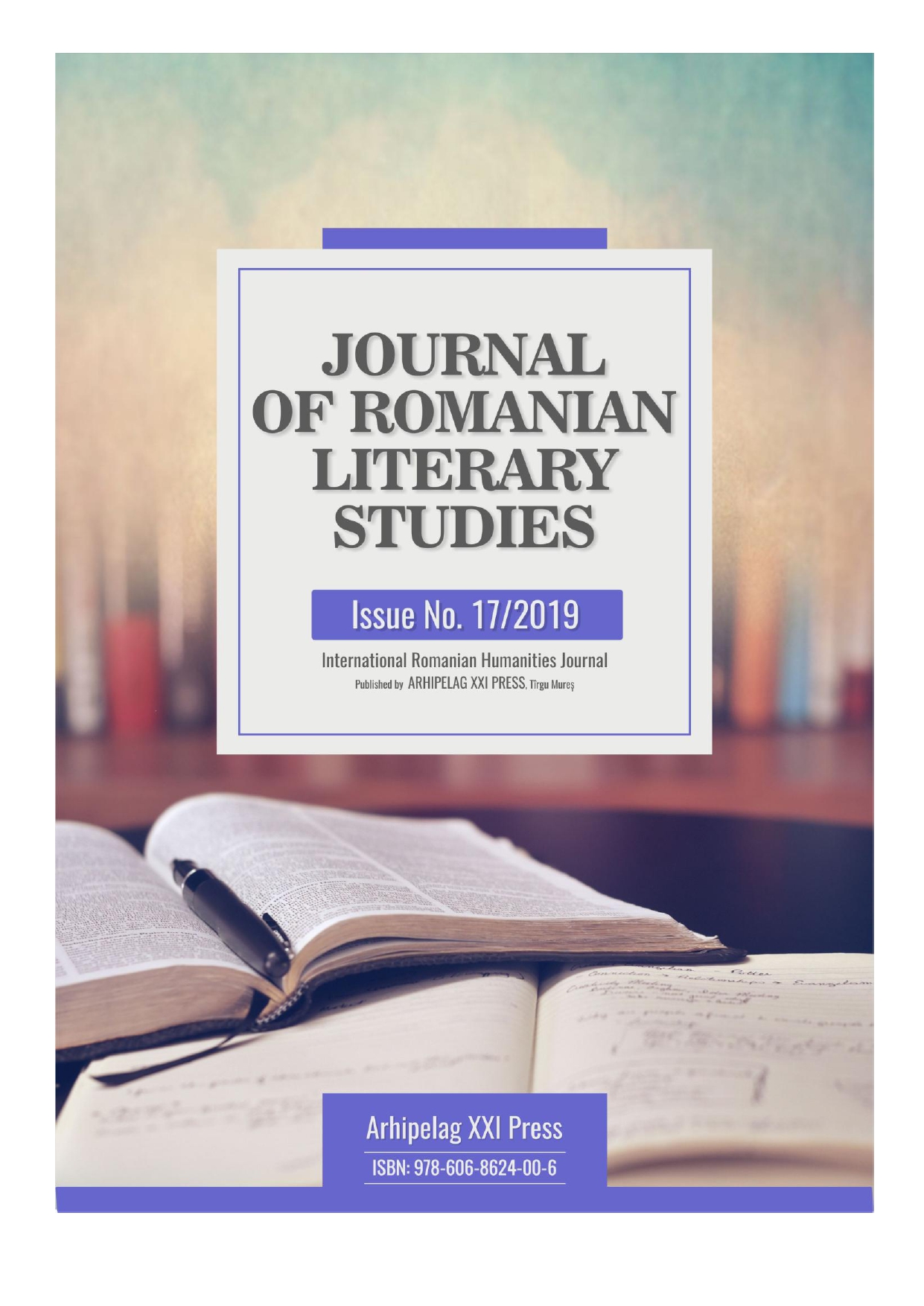HUMAN FOLLY AND THE ALIENS
HUMAN FOLLY AND THE ALIENS
Author(s): Ion Popescu BrădiceniSubject(s): Literary Texts, Romanian Literature, Philology, Theory of Literature
Published by: Editura Arhipelag XXI
Keywords: story; reality; imaginary world; causality chain; aliens;
Summary/Abstract: The story of Ion Creangă's "Prostia omenească" is a weird and extremely esoteric tale, although the playful ironic tone, the storyteller's joviality, the formal parody of the clichés of the fairy-tale, the ironic self-presentation introduces us, which will tell you in a fairy an esoteric fairy tale. Vladimir Streinu states that Ion Creangă was not "just a vagabond in any way", but a "story-teller" (Streinu, 1971, 103). "Baby in nappies" is not a child of any village and any family, but it is one upon which an imminent danger lurks: to have a piece of quarry salt fall onto one's head if a cat were to accidentally hit it. The child therefore has a life on which the relativity of things could act. As Einstein exclaims "in reality, there is no incompatibility between the principle of relativity and the law of the propagation of light." An irrefutable logical theory advocates rather for the simultaneous maintenance of these two laws. A single condition must be given to the definition of simultaneity, namely to provide, in each real case, an empirical process for deciding whether or not the defined definition corresponds. The "married man" invented for each "human stupidity" such a process, which however has as a starting point an assumption of the two women (the two avant-to-date boots) or a hypothesis that you are free to adopt or not adopt it in order to arrive at a definition of simultaneity. The "married man" (maybe even an avatar on the path of the metaphor of the road or in the world as a show of Einstein - nm) brings them out of a philosophical cognitive stalemate and the "bastard" with the oborok carrying the sun in the hut, and the rotor who could not take the whole carriage (built in) out of the house, the "married man" recommending "deconstructing" the machine, related to the key metaphor of the road; and the "cattle" who wanted to throw some nuts out of the tent in the hand (instead of resorting to ... the worshiper who had not been helpful to the one bringing the light to his dark home, so he belonged the nocturnal regime of the image, but converted into the diurnal by the protagonist of the "Story"); Finally, the "neghiobul" who wanted to climb the cow up the hawk to eat hay, advising him to take the hay from the snake with the kind of "unprepared" before trying to throw the walnuts in the bridge. The creature genius is, as you see, a decisive mad laugh and an overwhelming humour, though seemingly in the rules of a normal, peer-to-peer thinking (Creangă, 1993, 170-172).
Journal: Journal of Romanian Literary Studies
- Issue Year: 2019
- Issue No: 17
- Page Range: 91-102
- Page Count: 12
- Language: Romanian

